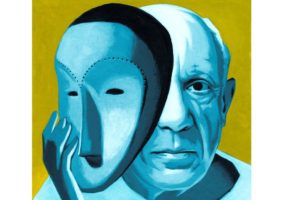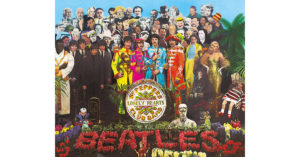
ILLUSTRATION: THOMAS FUCHS
In 1956, Secretary of State John Foster Dulles, explaining how America could use the threat of nuclear war in diplomacy, told Life Magazine, “The ability to get to the verge without getting into the war is the necessary art…. If you try to run away from it, if you are scared to go to the brink, you are lost.” President Donald Trump recently seemed to embrace this idea with his warning that if North Korea made any more threats to the U.S., it “will be met with fire and fury like the world has never seen.” Continue reading…











 I know it’s old hat to complain that students are becoming more stupid by the hour. But can you blame me when the Cambridge historian John Guy revealed to a Hay Festival audience this week that he keeps meeting prospective students who admit to knowing nothing of Tudor politics outside of Hilary Mantel’s novels.
I know it’s old hat to complain that students are becoming more stupid by the hour. But can you blame me when the Cambridge historian John Guy revealed to a Hay Festival audience this week that he keeps meeting prospective students who admit to knowing nothing of Tudor politics outside of Hilary Mantel’s novels.

